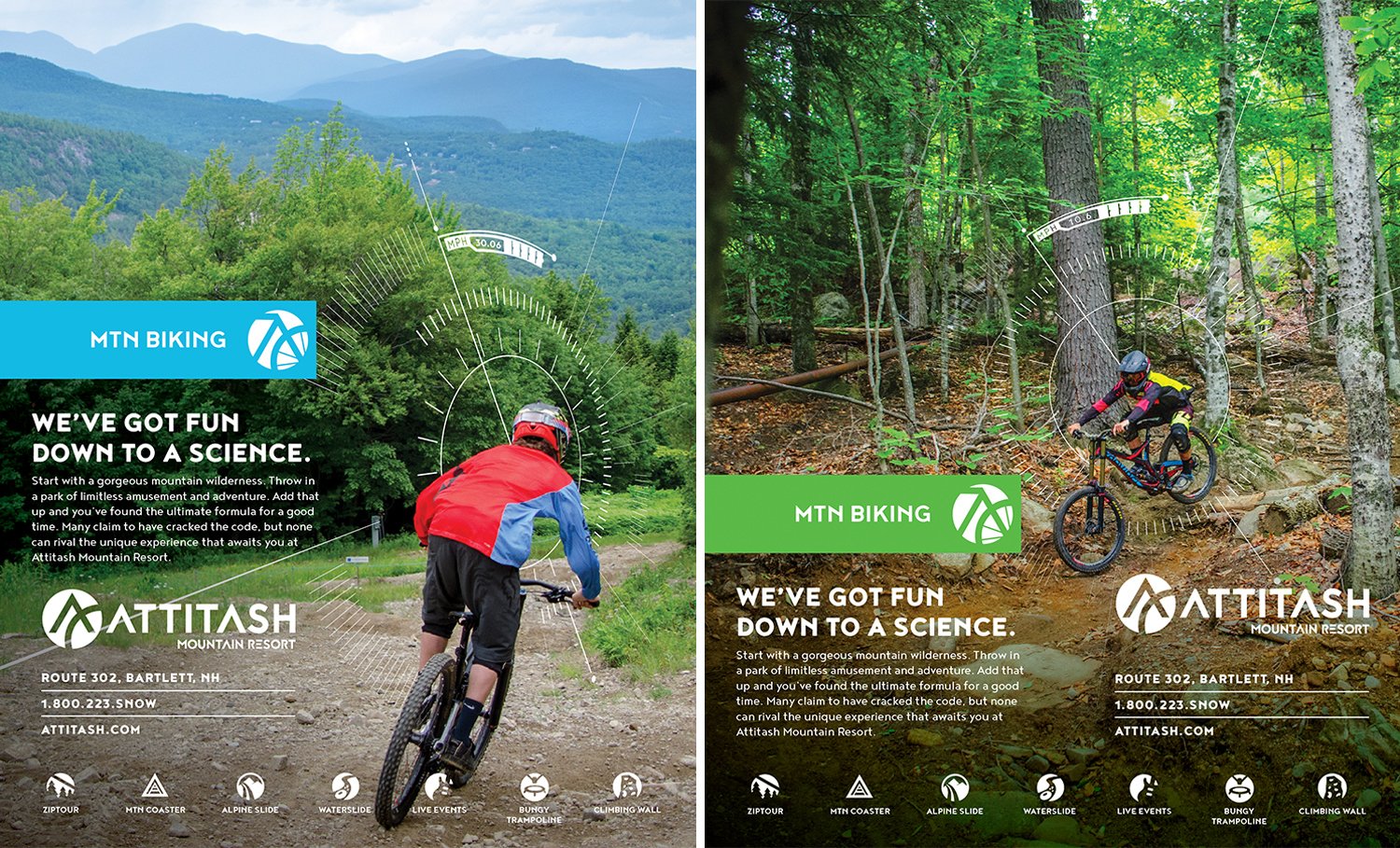Respect the Spend
Is mountain biking the perfect activity? Exercise and adventure, socially distant outdoor destinations, and fun technical equipment...sounds like it to me. Based on the numbers, a lot of people are pedaling in that same direction. Mountain bike sales are up 150% in 2020.*Even before COVID 19 completely rearranged the leisure activity landscape, mountain bikers were a coveted demographic. Their expendable income and willingness to travel make them the perfect tourists. In the U.S., an estimated 50 million people Mountain Bike. That's 20% of Americans over the age of 16. And it's not just gear heads who are biking. Less technical double track and cross-country trails open the sport up to beginners and families. Matt Powell, a sports industry advisor for the NPD Group, said, “For far too long the cycling industry has been solely focused on the pinnacle athlete, but these results show that a broader, family and beginner focus can reap gains.
Mount Snow saw the market for less-intense descents over a year ago when we produced this spot for their summer season. Side note: Tramps are trail-ready at all times, Derek especially. Something about dropping into the same woods that he's also been glade skiing in. For destinations that can make it work, like ski resorts or dedicated parks like The Hub in Brant Lake, NY, the effort is rewarded by an influx of consumers. It's like Forest of Dreams, where Ray Kinsella has traded his baseball bat for an allen wrench. Ed Harris whispers through the trees, "If you build it..."Beyond individual businesses, there are multiple examples of how small towns, especially those transitioning from economies dominated by natural resource extraction, are leveraging their natural resources for outdoor recreation tourism and mountain biking specifically. For example:
Oakridge, Oregon, struggled after the closure of a local mill in the 1980s. Since 2004, the town has rebranded itself as a mountain biking destination; riders spend an estimated $2.4 to $5 million a year in the local economy.
In the former iron ore mining town of Crosby, Minnesota, within seven years of opening a trail network, at least 15 new businesses—including a wood-fired pizza restaurant, a yoga studio, and a craft brewery have been opened to serve visiting riders.
Vermont's Northeast Kingdom established the Kingdom Trail Association in 1994 as a non-profit organization. In 2016, an economic impact estimated a total of nearly $8 million in direct expenditures annually as a result of KTA visits, including lodging, food and drink, gifts/souvenirs, transportation, admission fees, and equipment with 75% of trail users from outside of VT staying for an average of 2.7 days. Averagegroup size was 4, with average spending per group for overnight visitors $1,31711.
We've been pushing our municipal clients to court these spendy cyclists for years, evidenced by the (dated) ad for Newcomb below, pitching their network of trails in the Essex Chain of lakes. Bike enthusiasts are great to build media decisions around, too. We're doing that for the City of Oneonta, NY, where the trails at Table Rock, near Hartwick College, are a huge draw. As an activity, mountain biking continues to be a pretty sure thing—for consumers and communities. Off the mountain, cycling in general, is a subculture making its needs known to the mainstream. Here's a report from the fall of 2019 presented by Parks & Trails New York (in Glens Falls, no less) that lays out goals for municipalities to work toward, including infrastructure that supports the sport. Simple steps like maps, trail signage, bike lanes, and racks will send the right message to a spandex-clad consumer class. *Source: NPD Group / U.S. Retail Tracking Service
 .sqs-block-summary-v2 {
.summary-title-link,
.summary-heading {
font-family: archivo black;
font-weight: 400;
font-size: 2rem !important;
color: ffffff;
} }
.sqs-block-summary-v2 {
.summary-title-link,
.summary-heading {
font-family: archivo black;
font-weight: 400;
font-size: 2rem !important;
color: ffffff;
} }





